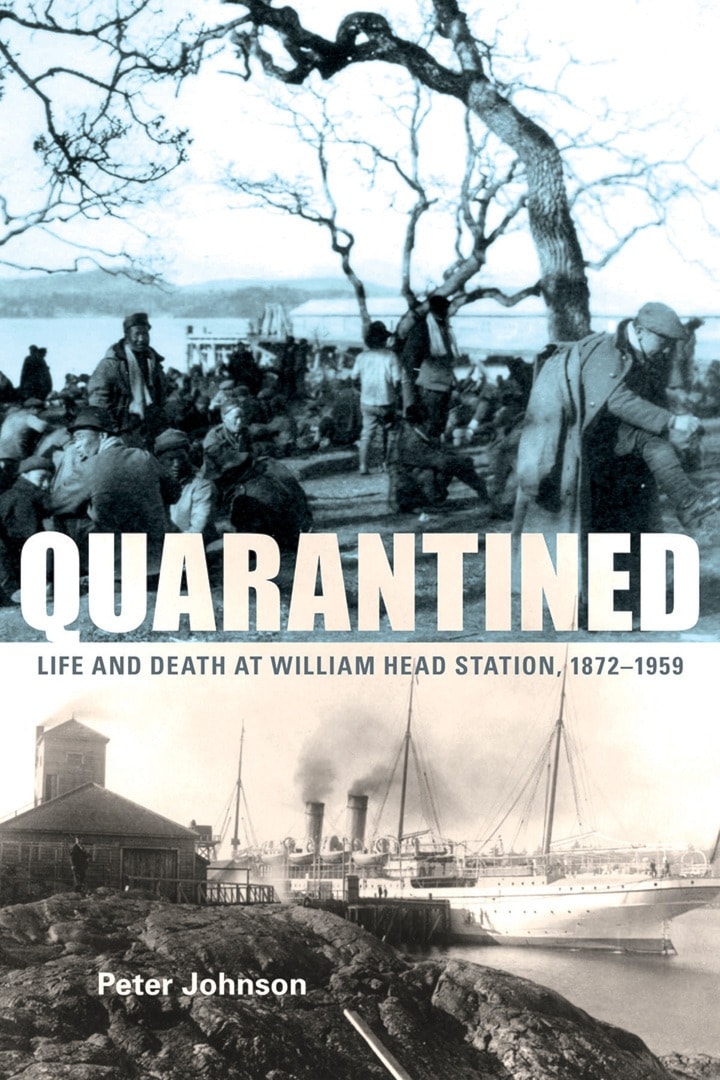Peter Johnson brings back the quarantine tomorrow night.
The concept, of an institution that existed right in our back door, is lost in today’s society says the author of Quarantined: Life and Death at William Head Station, 1872-1959.
In it the Vancouver author tells the story of the federal quarantine station in Metchosin that for 90 years served as the major port of entry for hundreds of thousands of immigrants travelling to western Canada. The station was converted to the minimum-security penitentiary in 1958 that still operates today.
“By the 1960s antibiotics had taken over and the word quarantine almost dropped from common vernacular,” he said. The World Health Organization said infectious diseases have been conquered … The place dropped from consciousness.”
Johnson, who has taught history, English, and creative writing in high schools and colleges in Canada for more than 35 years, will launch his third book tomorrow in Metchosin not far from the original quarantine site.
“It’s an amazing story. In a way it’s a bit like a Rorschach test of our culture,” he said. “The stories were just rife, from the moment the federal government was cajoled into getting involved.”
Johnson’s six-year research into the book was spurred by a previous book on a group of women who came to B.C. to marry miners and two young women who died of tuberculosis after the voyage to Victoria in 1862.
He discovered that for close to 90 years the William Head Quarantine Station was the major port of entry for thousands of immigrants travelling to western Canada. Its role was to prevent the spread of contagious diseases.
“By 1928 over 1,000 ships a year were being cleared, that’s five ships a day carrying 2,000 people,” he said. “It was significant in keeping British Columbia communicable disease free.” Workers were tasked with seeking symptoms of small pox, meningitis, tuberculosis, cholera and other diseases within a few minutes of interaction. They used sulphur pots to fumigate ships killing rats and bed bugs.
Johnson’s book includes profiles of the medical pioneers and health officials whose work shaped Canada’s public health system, plus interviews with several Metchosin pioneer families who lived and worked at the quarantine station.
“The station was considered an edifice of some fear, an edifice of death in the community the children who lived and grew up on the station, the sons and daughters of the workers fled out into the community and made the place humane,” he said.
“Theres’ a massive interaction, but in the dirty 30s people who worked on the station had a house, and wood to heat, good salaries. … People off the station they suffered the full pangs of depression.”
He offers a free talk and slide show on Thursday, Nov. 28 at 7 p.m. at the Metchosin Golf and Country Club, 4100 Metchosin Rd. The book will be available with a portion of proceeds to the Metchosin Museum Society.
This is his third book on B.C. history following Glyphs and Gallows: The Rock Art of Clo-oose and the Wreck of the John Bright, and Voyages of Hope: The Saga of the Brideships.
